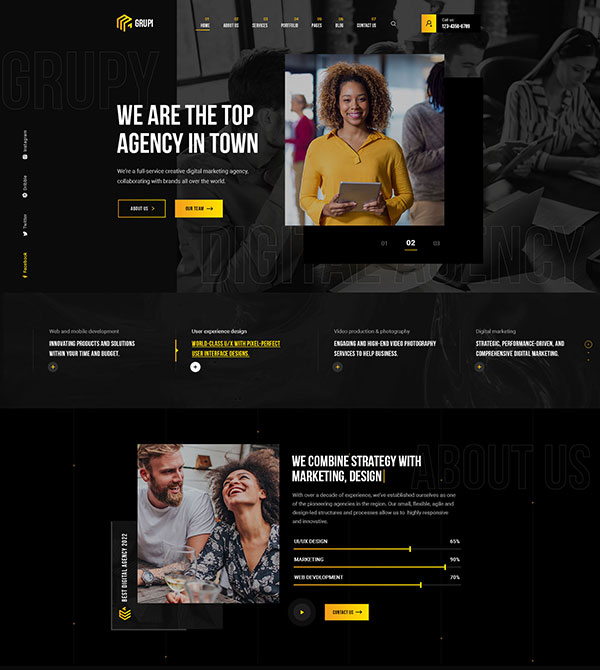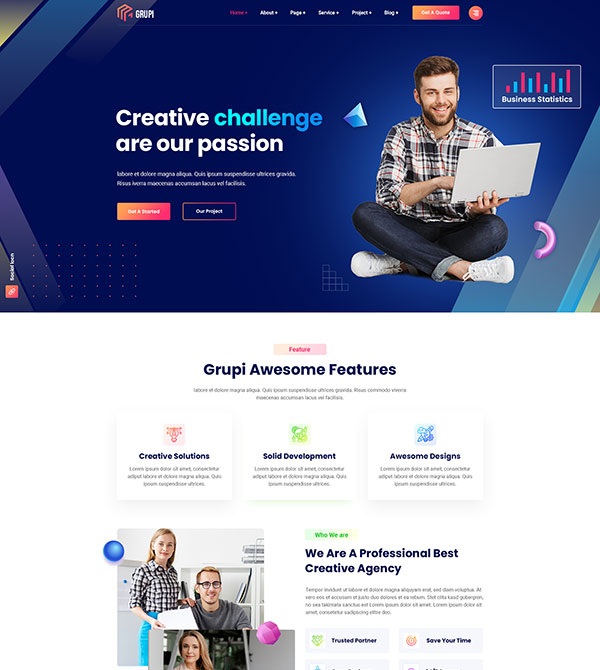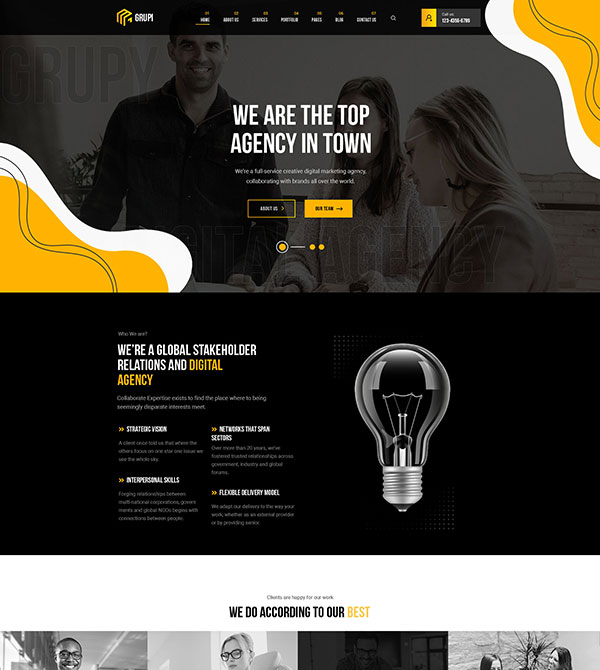In today’s digital ecosystem, app marketplaces such as the Apple App Store and Google Play Store serve as vital channels for distribution. Each platform enforces specific policies and technical restrictions that shape how developers create and update their applications. Understanding these constraints is essential for fostering innovation while ensuring compliance. This article explores how platform-specific rules influence creative processes, using real-world examples and research to highlight strategies for turning limitations into opportunities.
Table of Contents
- 1. Introduction: Understanding App Store Limits and Their Relevance to Developers
- 2. The Fundamental Educational Concept: Constraints as a Catalyst or Barrier in Creative Development
- 3. Platform Policies and Their Direct Impact on Developer Creativity
- 4. Revenue Models and Their Influence on Creative Freedom
- 5. Technological Constraints and Opportunities: The Role of Platform Features
- 6. The Two-Year Update Mandate and Its Effect on Development Cycles
- 7. Regulatory and Compatibility Constraints: Ensuring Longevity and Compatibility
- 8. Non-Obvious Factors Influencing Creativity Under Platform Limits
- 9. Comparative Perspective: Lessons from Google Play Store and Other Ecosystems
- 10. Strategies for Developers to Foster Creativity Amidst Platform Constraints
- 11. Conclusion: Navigating Platform Limits to Maximize Creative Potential
1. Introduction: Understanding App Store Limits and Their Relevance to Developers
App marketplaces like the Apple App Store and Google Play Store are gateways for reaching millions of users worldwide. Each platform enforces policies—ranging from content guidelines to technical requirements—that influence how developers design, update, and monetize their apps. These restrictions are not arbitrary; they are rooted in platform security, user experience, and legal compliance, but they also impact the creative freedom of developers.
For instance, Apple’s strict review process and guidelines on app functionality can delay feature releases, while Google’s more flexible APIs support a broader range of innovations. Recognizing these policies’ significance helps developers strategize their creative efforts effectively, turning potential barriers into opportunities for innovation.
A modern illustration of managing platform constraints is evident in popular apps that leverage platform-specific features such as widgets, privacy controls, and AR capabilities. For example, developers often utilize sweet peaks for your iphone to enhance user engagement while complying with iOS limits, demonstrating how constraints can inspire creative solutions rather than hinder them.
2. The Fundamental Educational Concept: Constraints as a Catalyst or Barrier in Creative Development
Constraints within digital ecosystems refer to the limitations imposed by platform policies, technical APIs, hardware capabilities, and regulatory requirements. These boundaries shape how developers craft their applications, often forcing them to prioritize certain features or design choices.
From a theoretical perspective, constraints can be viewed as dual forces: they may act as barriers that restrict creative freedom, or as catalysts that inspire innovative problem-solving. For example, Apple’s tight app review process can be seen as limiting rapid iteration, but it also encourages developers to focus on quality and user experience.
Real-world examples illustrate this duality. On one hand, strict sandboxing and privacy policies limit how apps access data, which can hinder certain functionalities. On the other hand, developers have innovated with features like privacy-focused design, turning restrictions into selling points that attract privacy-conscious users.
3. Platform Policies and Their Direct Impact on Developer Creativity
Platform policies encompass rules about app content, update cycles, feature limitations, and approval processes. For example, Apple’s requirement for apps to support the latest iOS versions often necessitates frequent updates, which can be resource-intensive.
A case study involves iOS updates that introduce new capabilities—such as enhanced widget support in iOS 14—that compel developers to rapidly adapt their apps. This tight schedule influences design choices, pushing developers to innovate under time constraints.
Such policies often lead to strategic decisions: prioritizing core features, optimizing user experience within platform limits, or leveraging platform-specific tools to stand out.
4. Revenue Models and Their Influence on Creative Freedom
In-app purchases dominate revenue streams on most platforms, accounting for approximately 95% of revenue on iOS, according to recent industry reports. This revenue model influences developers to design monetization features that seamlessly integrate with user experience, often limiting the scope for experimental or disruptive monetization strategies.
For example, integrating subscription services or offering virtual goods requires adherence to platform rules, which can restrict creative approaches to monetization. Developers must balance user engagement with compliance to avoid sanctions or app rejection.
Strategic planning becomes essential: designing features that maximize revenue without violating platform policies encourages innovative thinking. For instance, some developers leverage limited-time offers or exclusive content to boost monetization while maintaining user trust.
5. Technological Constraints and Opportunities: The Role of Platform Features
Platform features serve as both constraints and creative tools. The expansion of widget support in iOS 14 exemplifies this dynamic, allowing developers to create more interactive and engaging mini-apps directly on the home screen. These features, however, come with limitations regarding interactivity scope and data access.
Developers often leverage such platform features to enhance engagement without overstepping constraints. For example, using widgets to provide real-time updates or quick actions respects platform boundaries while enriching user experience.
| Platform | API Support | Creative Implication |
|---|---|---|
| iOS | Widgets, ARKit, Privacy Controls | Encourages AR and privacy-focused innovations |
| Google Play | Flexible APIs, Custom Intents | Supports diverse app concepts and experimentation |
6. The Two-Year Update Mandate and Its Effect on Development Cycles
Apple’s requirement for apps to support the latest two major iOS versions within two years imposes strict timelines on developers. This policy ensures apps remain compatible but can also restrict long-term creative experimentation, especially for smaller teams with limited resources.
To adapt, developers often adopt agile workflows, releasing incremental updates that incorporate new features or design adjustments aligned with platform changes. This iterative approach fosters continuous innovation within the constraints of update cycles.
Strategic planning, such as designing scalable architectures and modular features, enables developers to stay ahead of these timelines and maintain creative momentum.
7. Regulatory and Compatibility Constraints: Ensuring Longevity and Compatibility
Maintaining compatibility with evolving OS versions and regulatory standards reduces the risk of app removal. For example, neglecting to support the latest iOS security features can lead to app rejection or deprecation, which hampers long-term creative development.
Developers often establish proactive update strategies, ensuring their applications adapt to new standards while innovating within existing constraints. This foresight enables sustained growth and creative evolution despite external limitations.
An example is supporting new privacy policies that require transparent data handling, which can also inspire novel user engagement approaches.
8. Non-Obvious Factors Influencing Creativity Under Platform Limits
Beyond visible policies and technical constraints, psychological factors such as developer mindset significantly impact innovation. Restrictions can induce creative stress or motivate problem-solving, depending on individual resilience and community support.
Feedback from users and developer communities fosters adaptive thinking. For example, integrating user suggestions within platform limits often results in more relevant and innovative features.
Emerging trends like augmented reality (AR) and privacy-centric design exemplify how developers anticipate platform evolution and embed innovation accordingly.
9. Comparative Perspective: Lessons from Google Play Store and Other Ecosystems
Unlike Apple’s restrictive environment, Google Play offers more flexible APIs and less rigorous review processes, fostering a broader spectrum of innovative app concepts. This flexibility allows developers to experiment with diverse features such as advanced notifications, custom integrations, and experimental UI elements.
Cross-platform development requires balancing these differences. Tools like Flutter or React Native help developers create apps that adapt to varying platform constraints, maximizing creative potential across ecosystems.
Adapting to different policies encourages innovation by exposing developers to diverse technical environments and user expectations, ultimately enriching app design and functionality.
10. Strategies for Developers to Foster Creativity Amidst Platform Constraints
Successful developers view constraints as opportunities. Embracing platform-specific features, such as leveraging AR in iOS or custom API integrations on Android, opens new avenues for innovation.
Planning for future updates and policy changes ensures that apps remain adaptable









